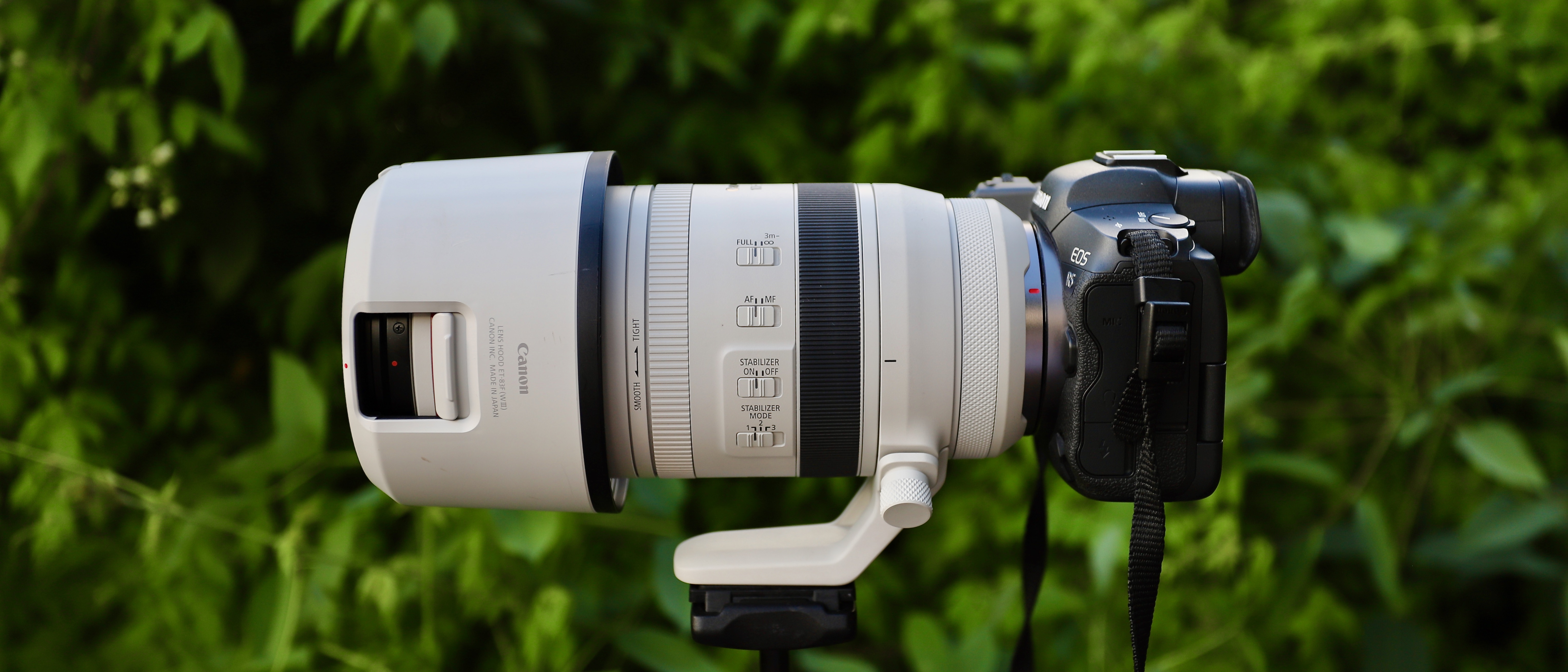TechRadar Verdict
With premium glass, snappy autofocus (albeit only when paired with the EOS R5 or R6 bodies) and a longer reach than the popular EF 100-400mm f/4.5-5.6L IS II USM DSLR lens, the RF 100-500mm f/4.5-7.1 L is Canon’s first super-telephoto zoom for the native RF mount. And, as we’ve come to expect from Canon, it’s a darn good piece of optic to add to your kit – particularly if you’re a wildlife or sports photographer using the R5/R6 – if you can afford its eye-watering price tag.
Pros
- +
Fast AF with EOS R5/R6
- +
Versatile focal lengths
- +
Outstanding image quality
- +
Solid build
Cons
- -
Expensive
- -
Slow maximum aperture
- -
Sluggish AF with EOS R/RP
Why you can trust TechRadar
Two-minute review
A telephoto lens is an essential part of a photographer’s camera kit but, until recently, there was no native option for Canon’s RF mount. And that’s where the Canon RF 100-500mm f/4.5-71 L IS USM comes in. It’s the first super-telephoto zoom lens for the EOS R-series cameras, adding an extra 100mm reach over the very popular EF 100-400mm f/4.5-5.6L Mark II DSLR zoom.
Despite that extra reach, the RF 100-500mm doesn’t take up any more space in a bag than its older DSLR counterpart, while also being marginally lighter as well. And, thanks to in-lens stabilization, it makes it much easier to use handheld for long periods of time, especially when paired with the Canon EOS R5 and EOS R6 bodies. That, in turn, means you can potentially leave your tripod behind to keep weight down if you’re going walkabout.
Moreover, being an L-series lens, the RF 100-500mm is solidly built, with weather-proofing, a removable tripod collar, a customizable control ring and a rubber-tipped lens hood that features a side window so you can adjust variable filters.
Another improvement the RF 100-500mm brings over its EF alternative is slightly faster autofocus performance. However, there’s a little caveat here: AF speed is disappointing when paired with the older Canon EOS R and EOS RP bodies, but the lens takes excellent advantage of the R5 and R6’s updated AF systems.
You’ll need to keep in mind that teleconverters will only work with the RF 100-500mm for focal lengths 300mm and 500mm, as the in-between focal distances are already available. And even with a teleconverter added on for even more reach, image quality and performance – as we’ve come to expect from Canon – is exceptional. Color rendition is superb, with excellent center and edge sharpness.
If you don’t already have the EF 100-400mm Mark II lens, which you can use on an R-series body with a lens adaptor and still get gorgeous results, it’s worth considering upgrading if you have the cash to spare.
The physical and AF advantages the RF 100-500mm brings over the EF alternative means you’re paying a hefty $2,699 / £2,899 / AU$4,999 for it, which makes it far more expensive than the RF 600mm f/11 and RF 800mm f/11 telephoto primes together. Despite that eye-watering price tag, we can’t recommend the RF 100-500mm super-telephoto zoom highly enough, particularly to sports and wildlife photographers already using the newer EOS R system cameras.
Sign up for breaking news, reviews, opinion, top tech deals, and more.
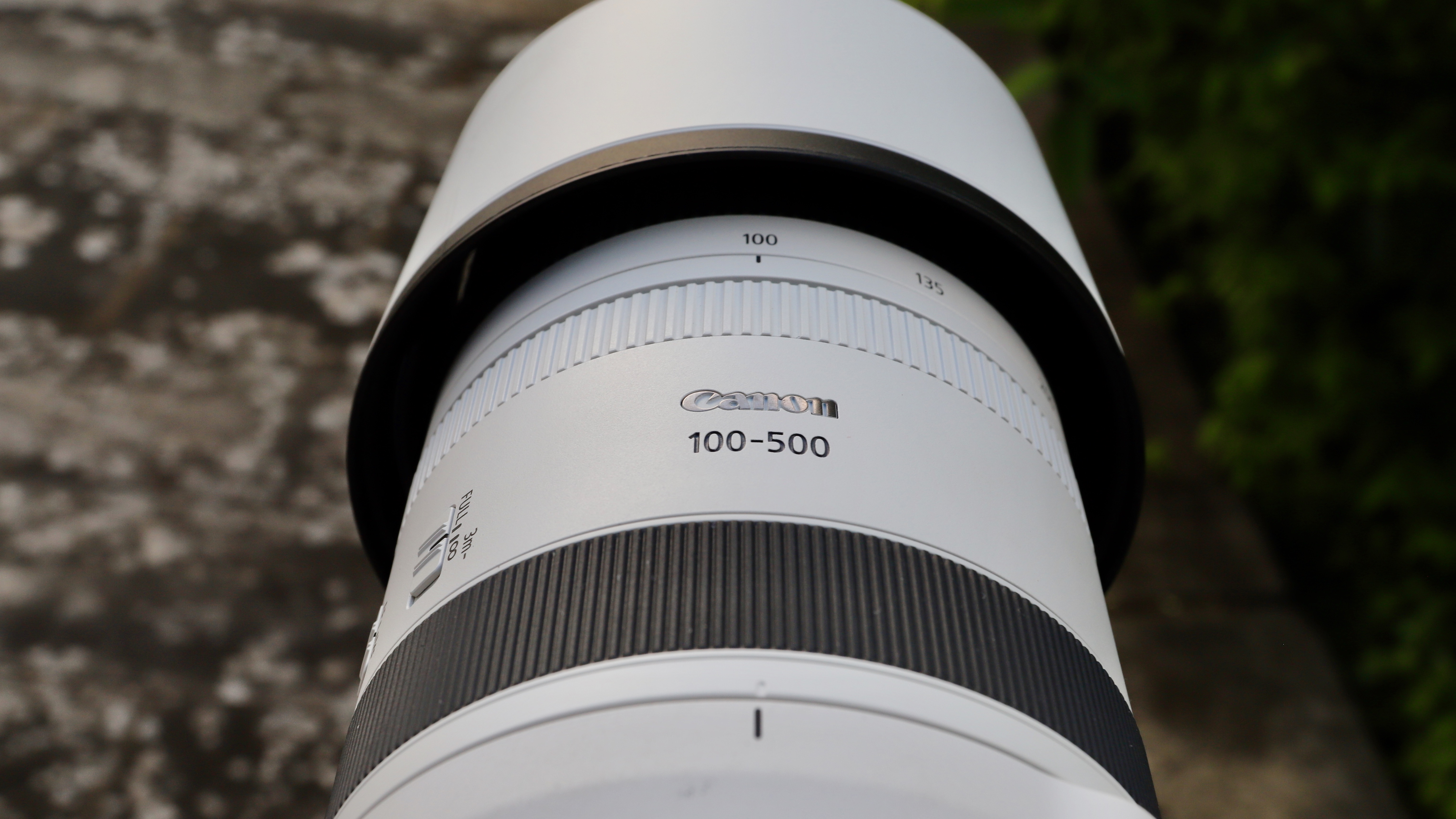
Canon RF 100-500mm f/4.5-7.1 L IS USM: price and availability
As mentioned above, the RF-mount super-telephoto zoom is an expensive beast, carrying a whopping price tag of $2,699 / £2,899 / AU$4,999. If your budget doesn’t stretch that far, you can opt for the EF 100-400mm f/4.5-5.6L IS USM Mark II telephoto zoom, add an adaptor and still save a packet. Not to mention the cheaper (and brand-new) RF 600mm and 800mm primes, although with a fixed focal length and f/11 aperture, they’re not as bright or versatile as the 100-500mm.
The RF 100-500mm f/4.5-7.1 L IS USM is available to buy right now either directly from Canon (if your region has an online Canon Store) or from major camera retailers in your country.
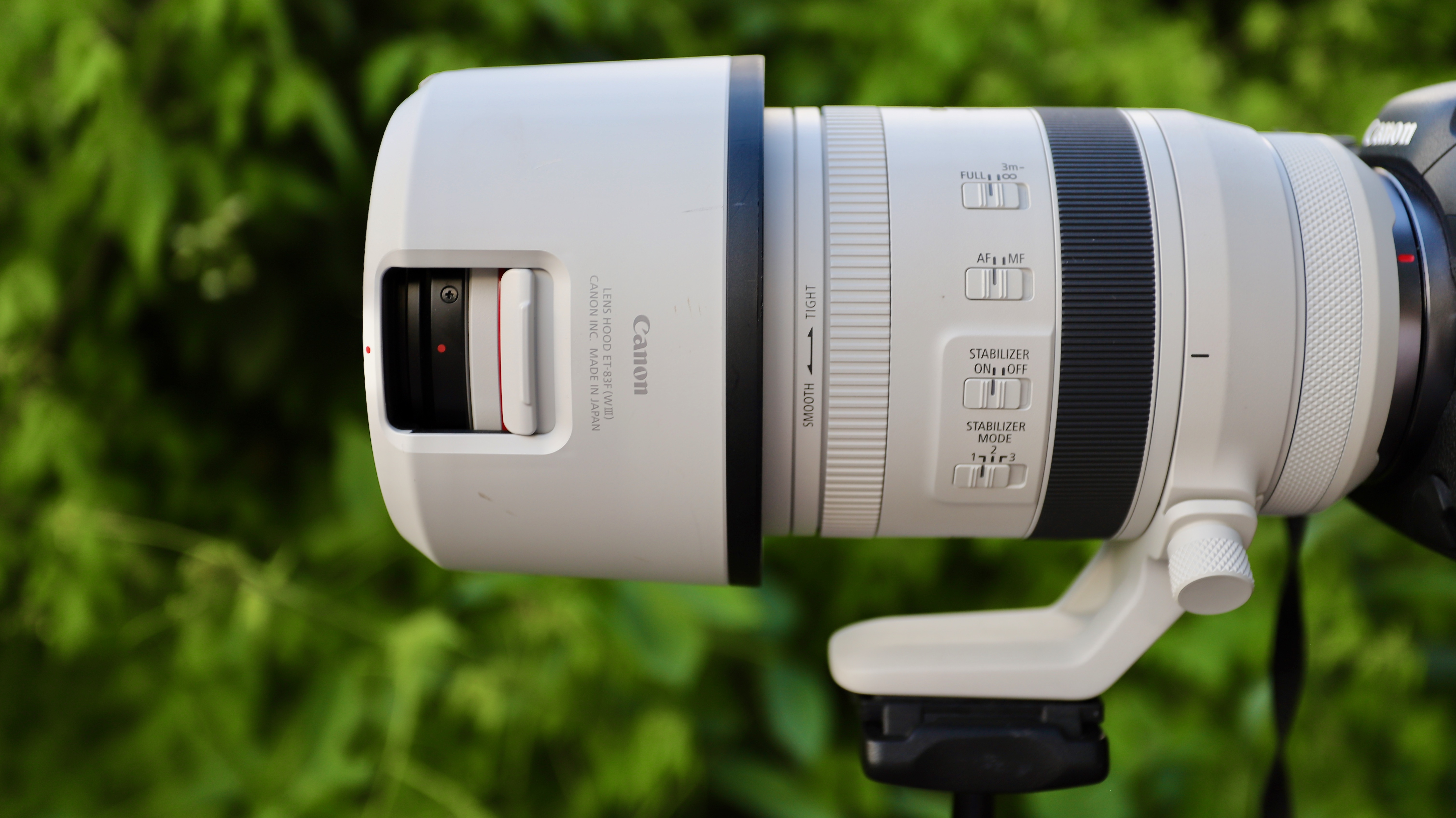
Features
- Stabilized lens
- Variable focal lengths
- 20 elements in 14 groups
There are currently three native telephoto lenses for the EOS R system, but only one is an L-series optic, which also happens to be the only native zoom option as well. And that makes the RF 100-500mm f/4.5-7.1 L IS USM special, despite its hefty price.
The variable 100-500mm focal length means there’s a lot of flexibility when it comes to image composition. The results it produces are helped by the six UD (ultra-low dispersion) and one Super UD lens elements within the construction, which deliver strong contrast and sharpness while also reducing chromatic aberrations and fringing throughout the zoom range. Moreover, Canon’s Air Sphere Coating (ASC) helps prevent flare and ghosting.

While it might be lighter and smaller than its EF counterpart, it’s great that the RF 100-500mm is stabilized, with up to five stops of compensation for camera shake, which gets boosted to six stops when paired with the IBIS system in the EOS R5/R6 bodies.
It also uses a Dual Nano USM autofocus motor for smooth, fast and silent operation, while a customizable control ring on the barrel gives you additional control over shooting parameters like ISO, aperture and shutter speed.
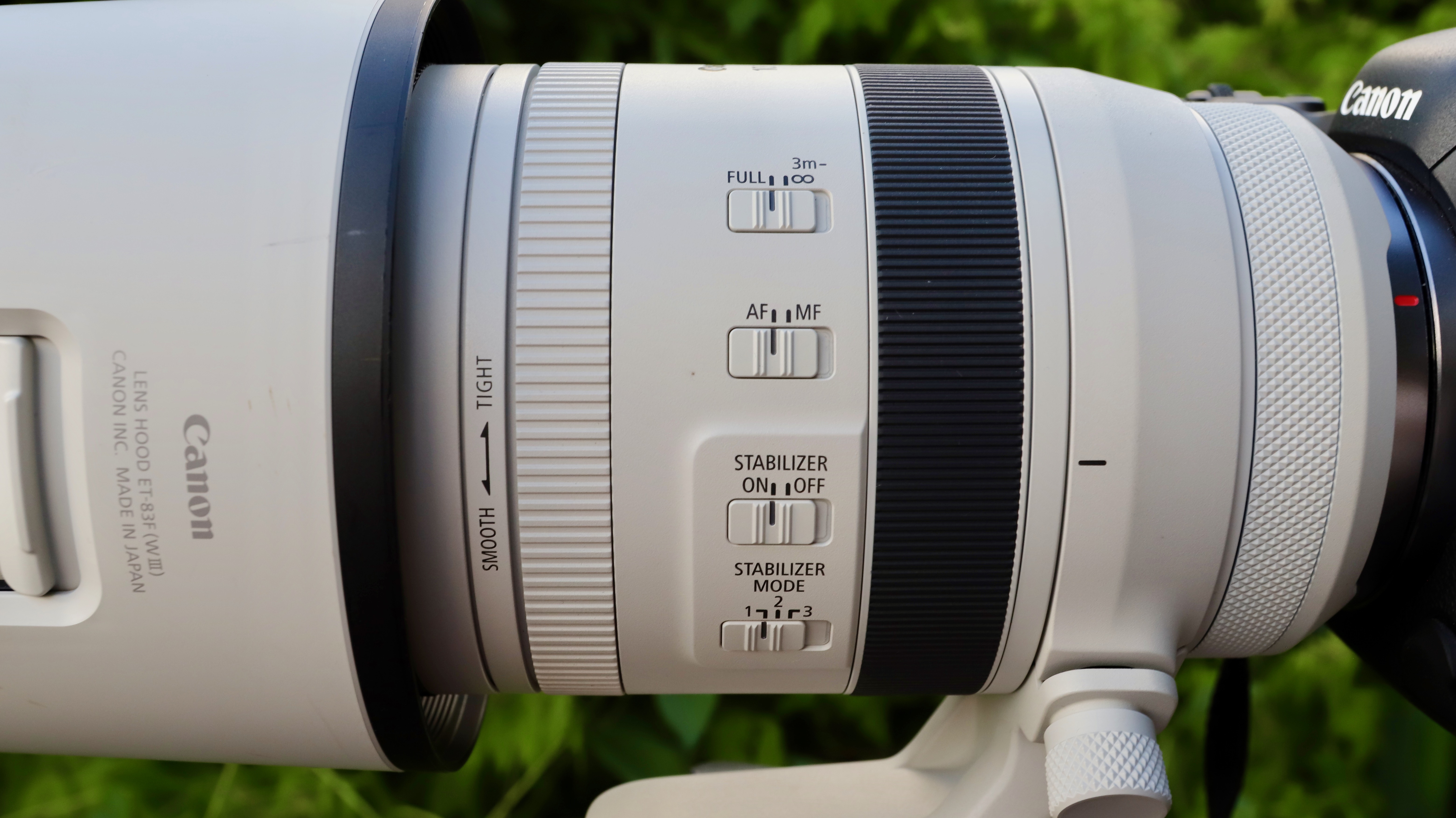
Build and handling
- Compact and light for a telephoto zoom
- Sturdy, weather-sealed barrel
- Premium optics
For a lens that offers a large zoom range, the RF 100-500mm is relatively lightweight and compact. Weighing in at 1,530g and measuring 207.6mm when retracted to its ‘stored’ position, it’s lighter (by 200g) and ever-so-slightly longer (by about 14mm) than its EF 100-400mm DSLR cousin. The lens extends a further 9cm when completely zoomed out to its maximum focal length (500mm), and is still well balanced when used handheld with an R-series body.
As with all L-series lenses, a large, lockable hood ships in the box that features a side window to access rotating variable filters. There’s a fully removable and rotatable tripod collar as well, while weather sealing ensures you can safely use the lens in most weather conditions.
Like all other RF lenses, there’s a narrow, textured control ring at the base of the lens that can be used to adjust shooting parameters like ISO, aperture and shutter speed, but it should be noted that the ring is smooth, lacking the small click in non-L series lenses to indicate a setting selection. The manual focusing ring (the textured white one) is also smooth, with no hard stops to indicate either minimum or maximum focal distances.
Between these two rings are the four switches, located within easy reach of your left thumb when the lens is in use. Right up top is the focus limiter, below which is the AF and MF switch, followed by the image stabilization on/off and, lastly, the switch to choose between three stabilization modes.
Focusing on the RF 100-500mm is internal, meaning the front element doesn’t move while zooming in and out, making it ideal to use with filters with a ring diameter of 77mm.
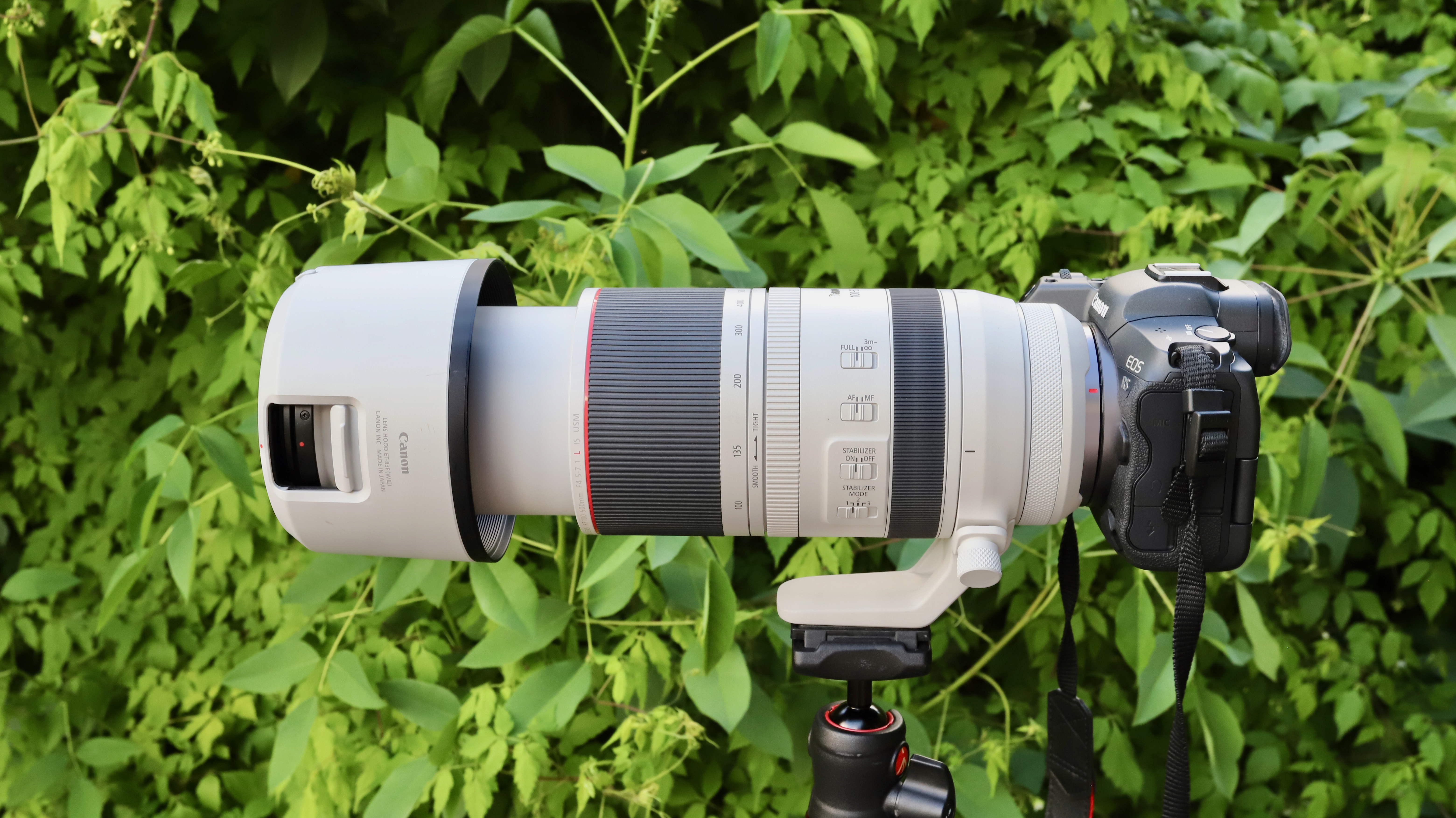
Performance
- Fast AF speed (with R5/R6 bodies)
- Narrow max aperture
- Five stops of image stabilization
It should come as no surprise that Canon released the RF 100-500mm alongside the EOS R5 and R6 bodies. This lens was meant to be paired with these newer R-series cameras so users can take advantage of their superfast AF systems. We tested the lens with the R5 and shooting birds was a breeze. Practically all our shots were in focus, with the only exceptions being when we weren’t able to keep up with the speed of a bird on the wing ourselves.
And considering the relatively narrow aperture range of the lens (f/4.5-7.1) at any focal distance, lighting can be an issue, especially if you’re shooting indoors. That’s when the new R-system cameras also help, thanks to their superior ISO performance.

You can, of course, use the lens with the older EOS R or RP models, but autofocus performance is going to be sluggish in comparison. This can be improved by using the cameras’ high-speed burst mode, but it’s still not going to match the AF speed when using the R5/R6.





If you're going to be using this lens with the older Canon mirrorless cameras, you’ll be glad for the five stops of image stabilization the lens offers (as the bodies have no IBIS). While it might be a touch lighter than the EF 100-400mm, it’s still a large lens and having built-in stabilization helps if you’re shooting handheld. In our case, we used the lens with the R5 solely handheld and, while we did find it tiring after about 30 minutes of shooting, a total of six stops of compensation for camera shake meant we had far more usable frames than we were expecting.
Let’s just say that the EOS R5 + RF 100-500mm f/4.5-7.1 L is a match made in action-photography heaven.
Image quality
- Beautiful colors
- Chromatic aberrations well controlled
- Superb edge and center sharpness
The EF 100-400mm f/4.5-5.6L Mark II DSLR zoom is no slouch – it produces absolutely impeccable results – and the new RF 100-500mm follows in those same footsteps. Paired with the EOS R5, we found practically nothing to complain about. Images are remarkably sharp (even with the aperture fully open), with beautiful, true-to-life color rendition.
Corner and edge sharpness does reduce marginally at the longer focal lengths of 400-500mm but you’ll be hard pressed to notice and, if you do, can easily correct it in post.

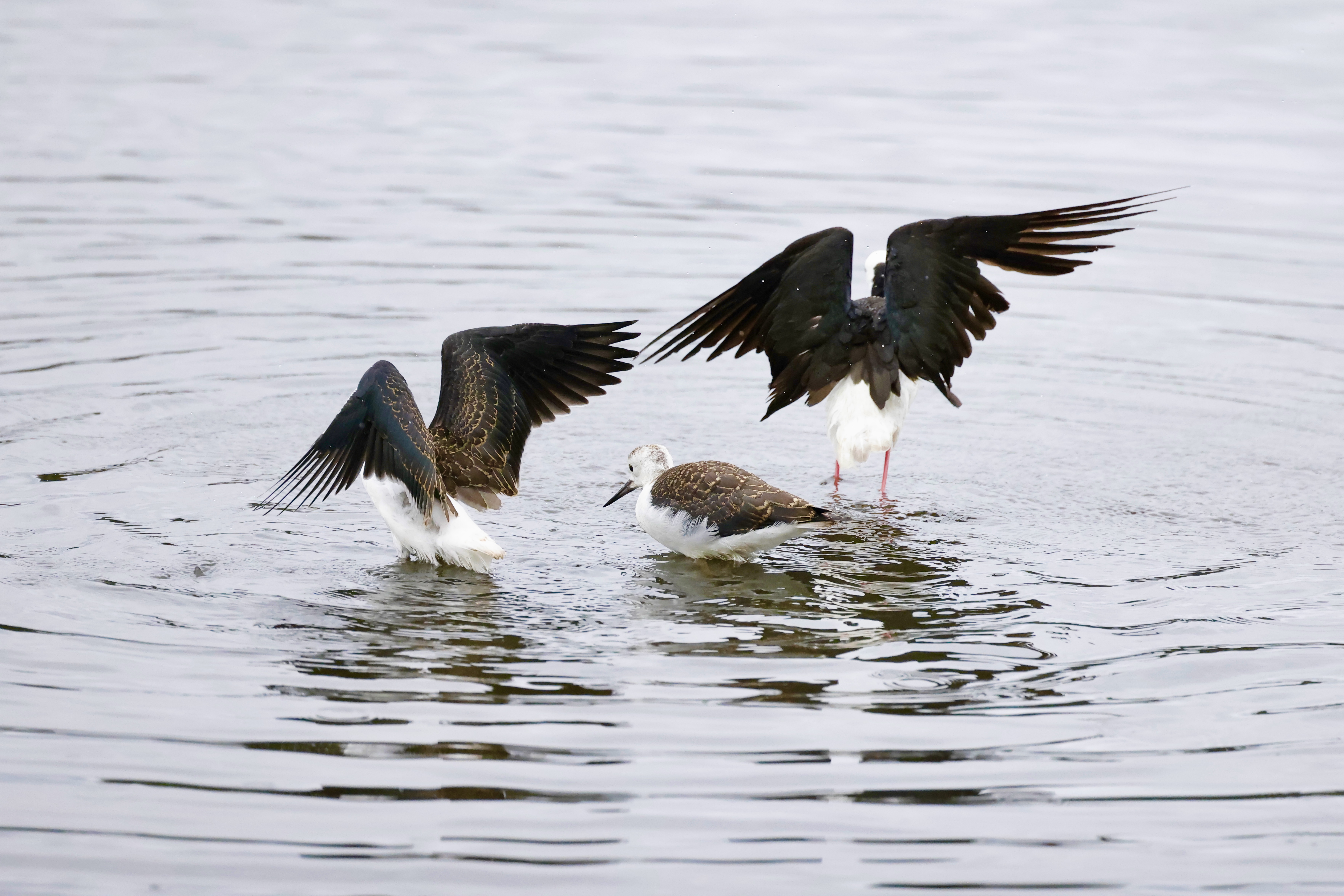


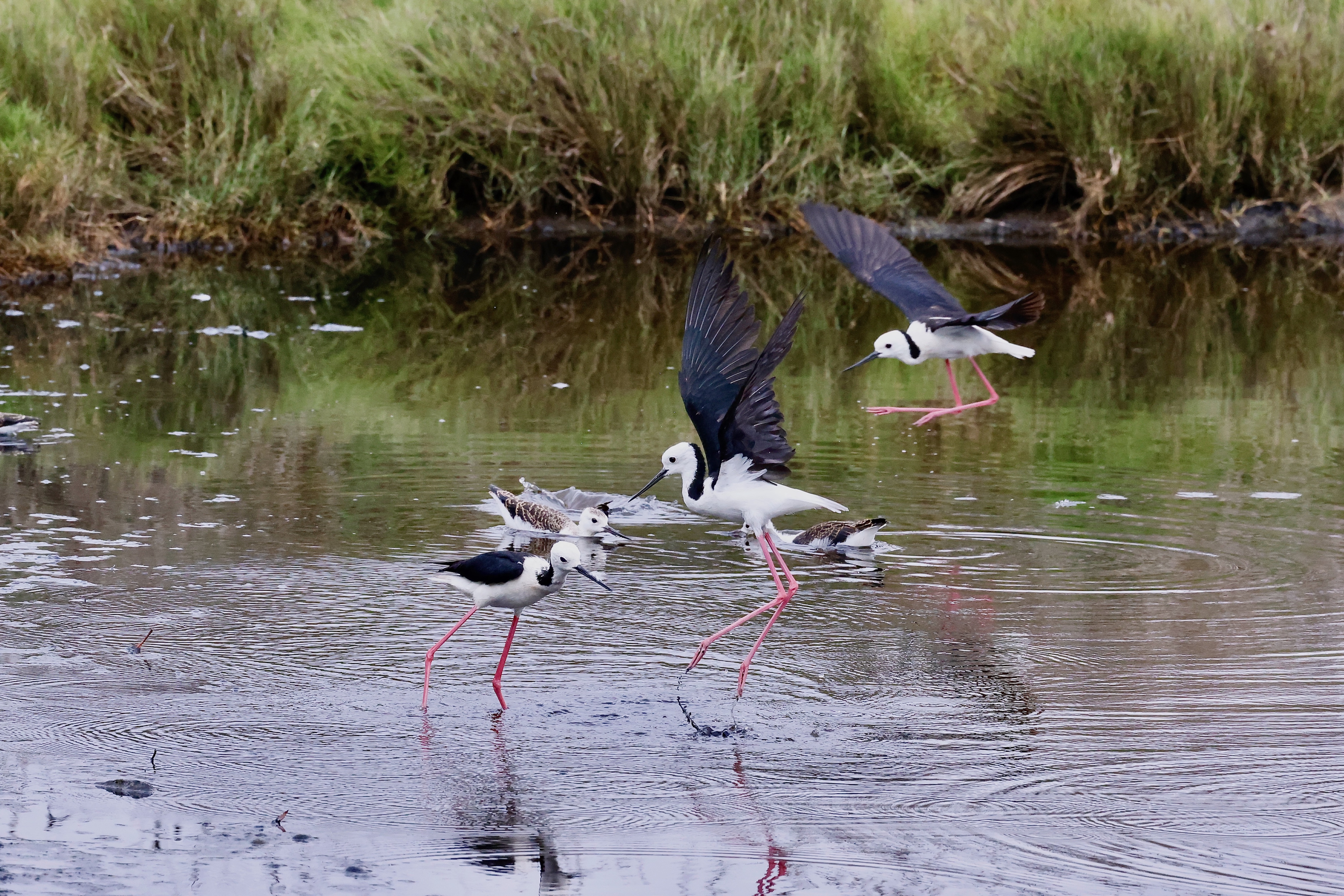
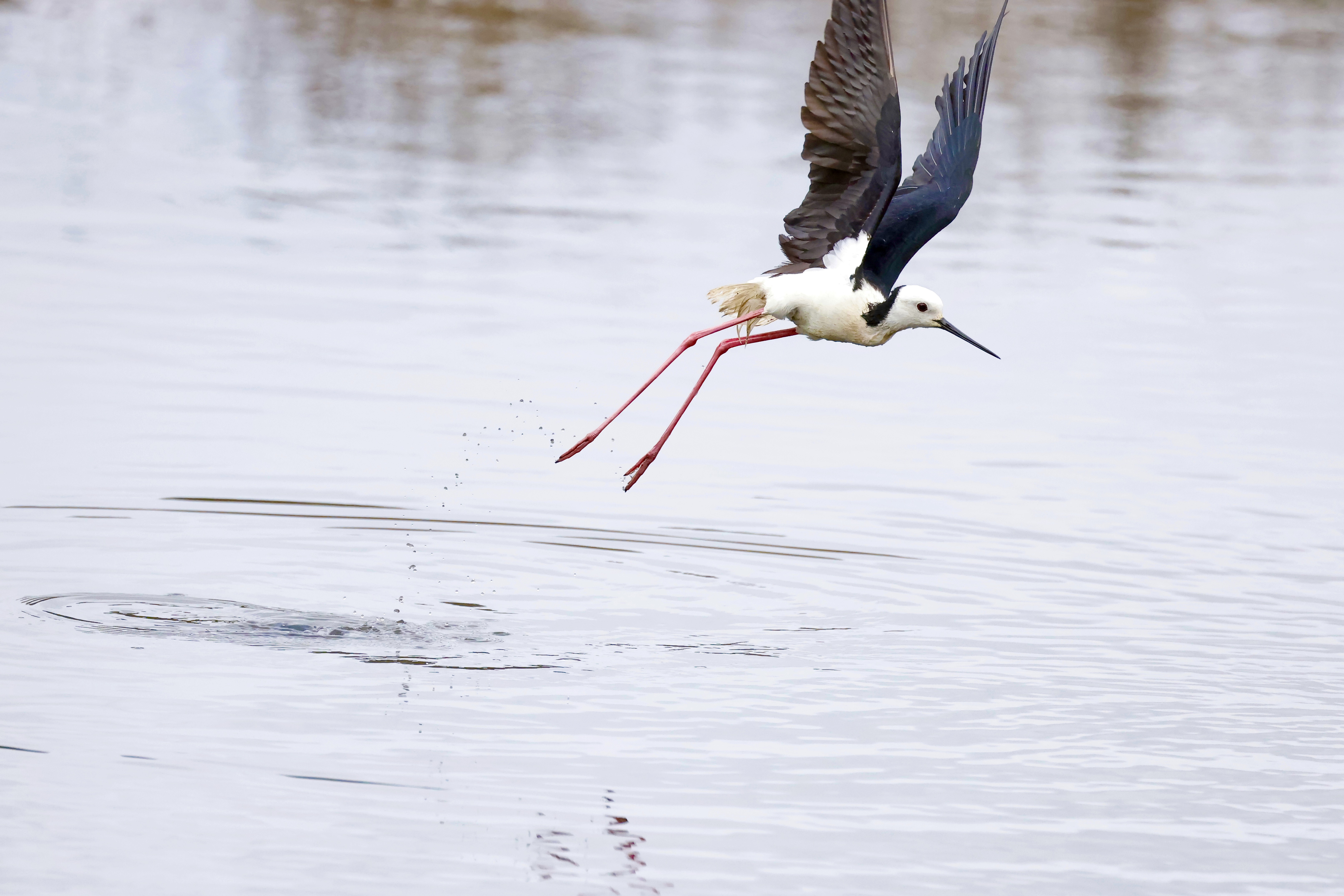

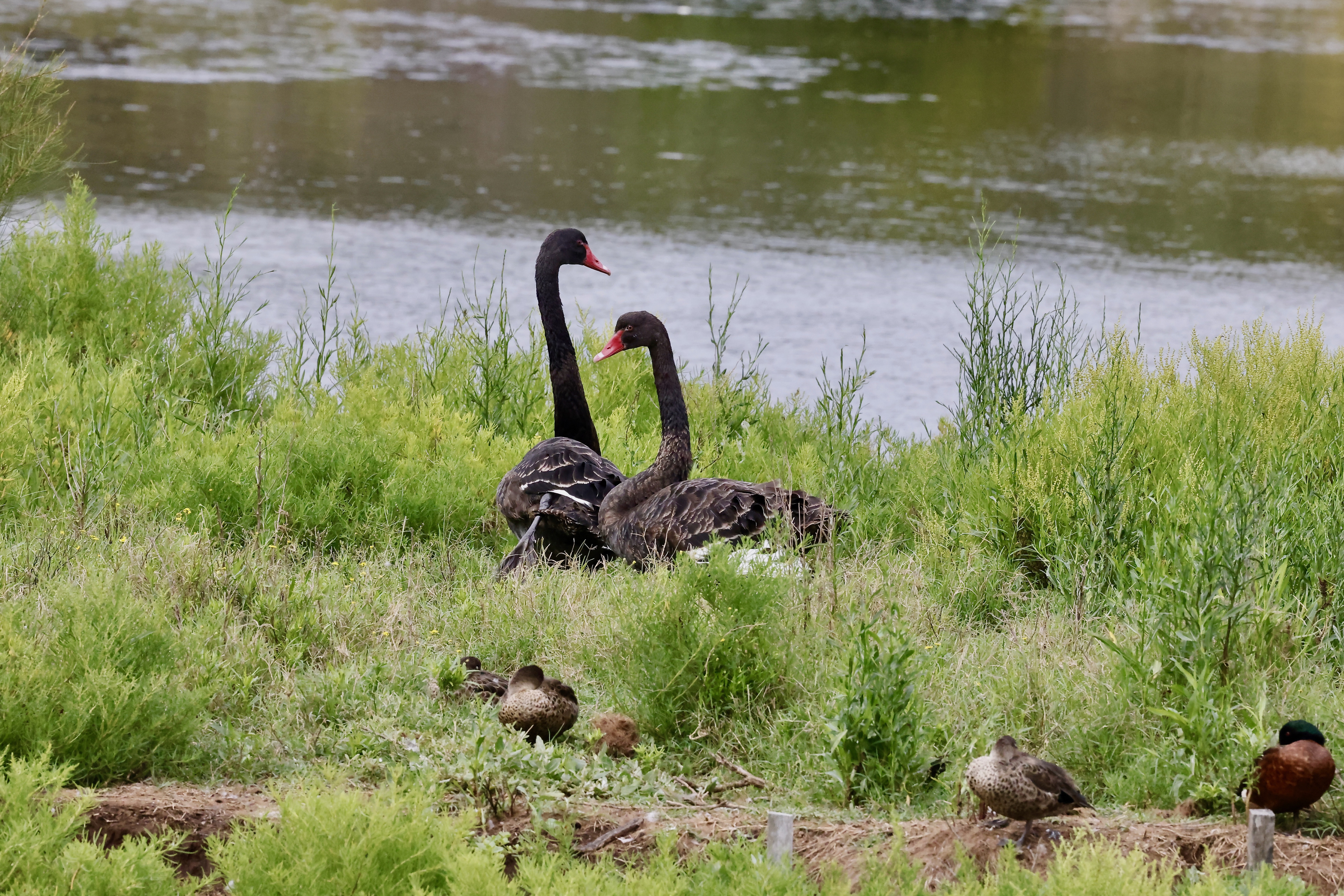


Center sharpness, on the other hand, is perfect throughout the focal range at practically any aperture, with absolutely no evidence of pincushion distortion (where the center of an image appears pinched inwards, particularly where lines are involved).
Chromatic aberrations – blue and purple fringing sometimes seen in high-contrast edges – are well controlled at all focal lengths and apertures in real-world results.
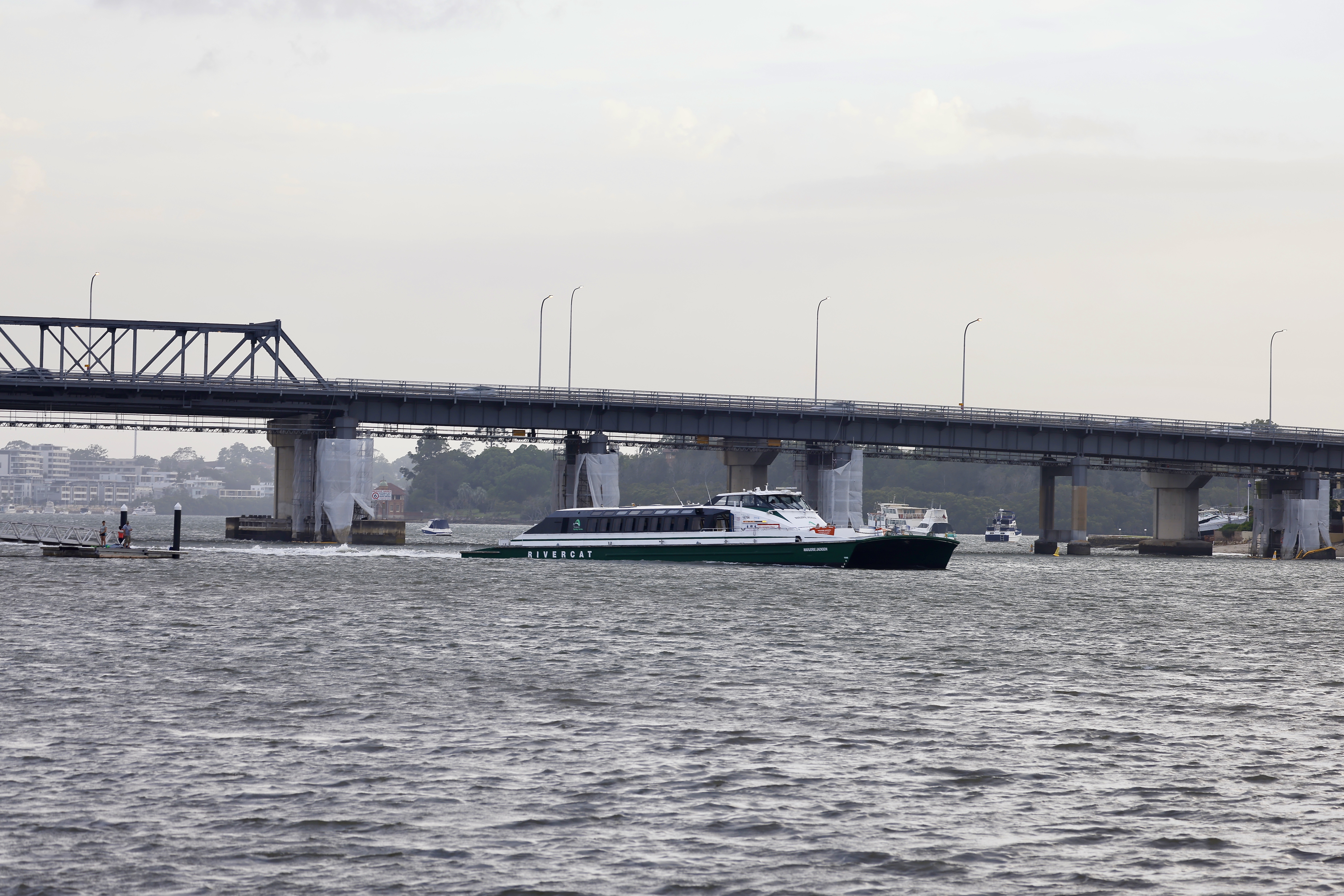
And, despite the slow max aperture of f/7.1, depth-of-field effects are actually quite good. Bokeh is pleasing, thanks to the lens’ nine aperture blades.
Should I buy the Canon RF 100-500mm f/4.5-7.1 L IS USM lens?
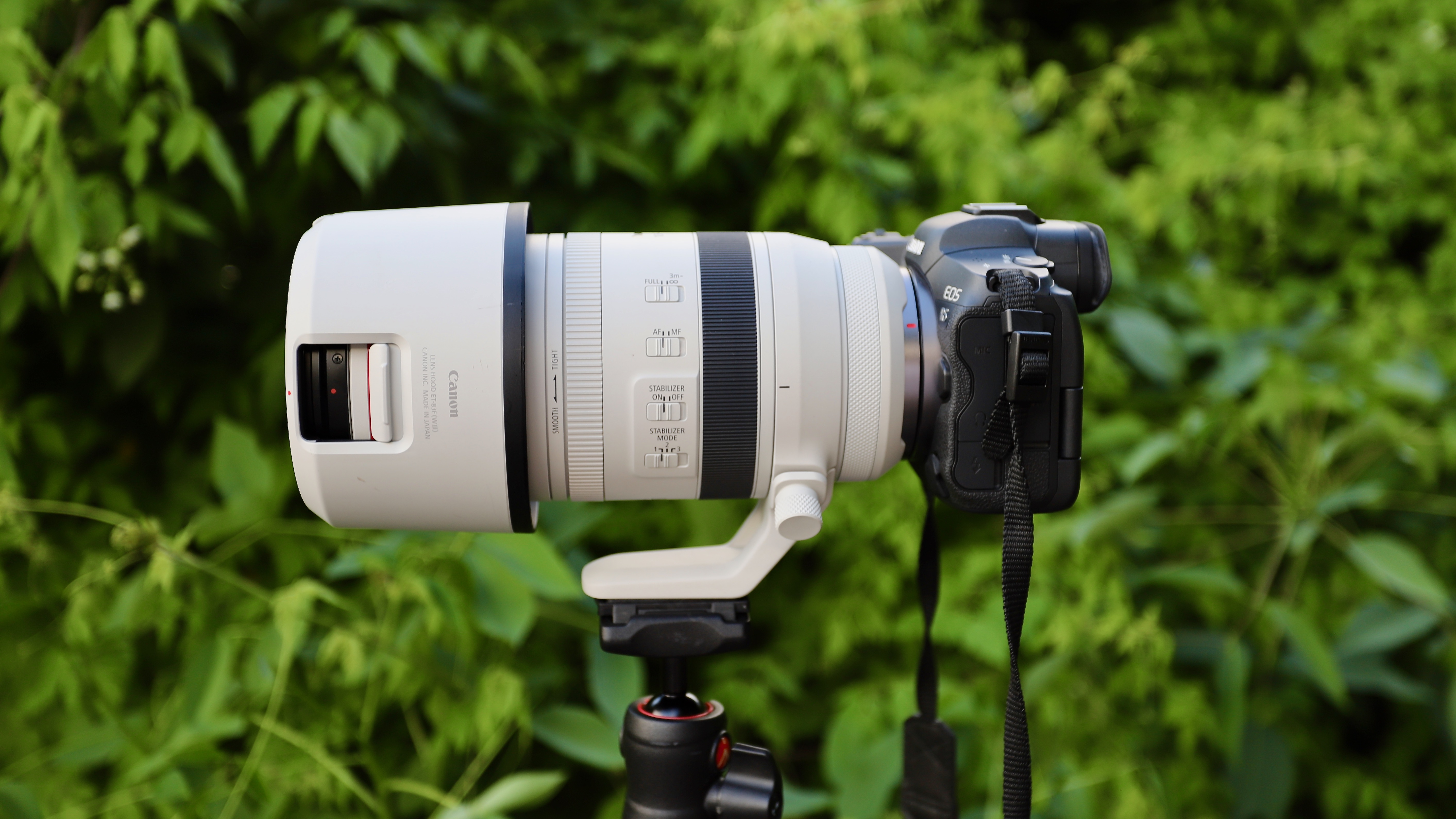
Buy it if...
You use the EOS R5 or R6
This lens is best when paired with Canon’s newest R system cameras. So if you’ve already upgraded to the R5 or R6 (or are planning to) then investing in the RF 100-500mm makes a lot of sense. You’ll be able to take advantage of not only the speedy AF system on the newer bodies, but also their superior high ISO performance if you’re shooting in low-light conditions.
You’re primarily a sports or wildlife photographer
It goes without saying that a telephoto zoom like the RF 100-500mm is meant for sports and wildlife photographers because of its long reach. But this is a versatile lens. If you’re adventurous, you can use the entire focal range for landscape photography too, and despite a narrow aperture, it does well in portraiture, still life or product photography too.
You have the cash to spare
As we mentioned earlier, the RF 100-500mm is a good investment, provided you can stomach its premium price. If you can, then we can’t recommend this lens highly enough.
Don't buy it if...
You need something affordable
Keep in mind that the EF 100-400mm Mark II lens is a great alternative that produces beautiful results. Even if you buy a brand new EF 100-400 and add on an RF lens adaptor, you’ll save yourself some money. If you’re cash-strapped, you can always pick up a secondhand EF 100-400 Mark II lens and an RF lens adaptor. If you really want to stick to native RF lenses, you can consider getting yourself the new RF 600mm and 800mm primes – if you’re fine with those fixed focal distances and f/11 apertures – and still save over $1,000 after buying both.
You’re an EOS R or EOS RP user
Admittedly, you’ll get great results with the older Canon R bodies, but it’s possible you may find the performance of the lens lacking and frustrating. Autofocus speed is sluggish at best with the EOS R/RP, while the lens’ aperture range and camera’s ISO performance may not be the best option for shooting in low-light conditions.
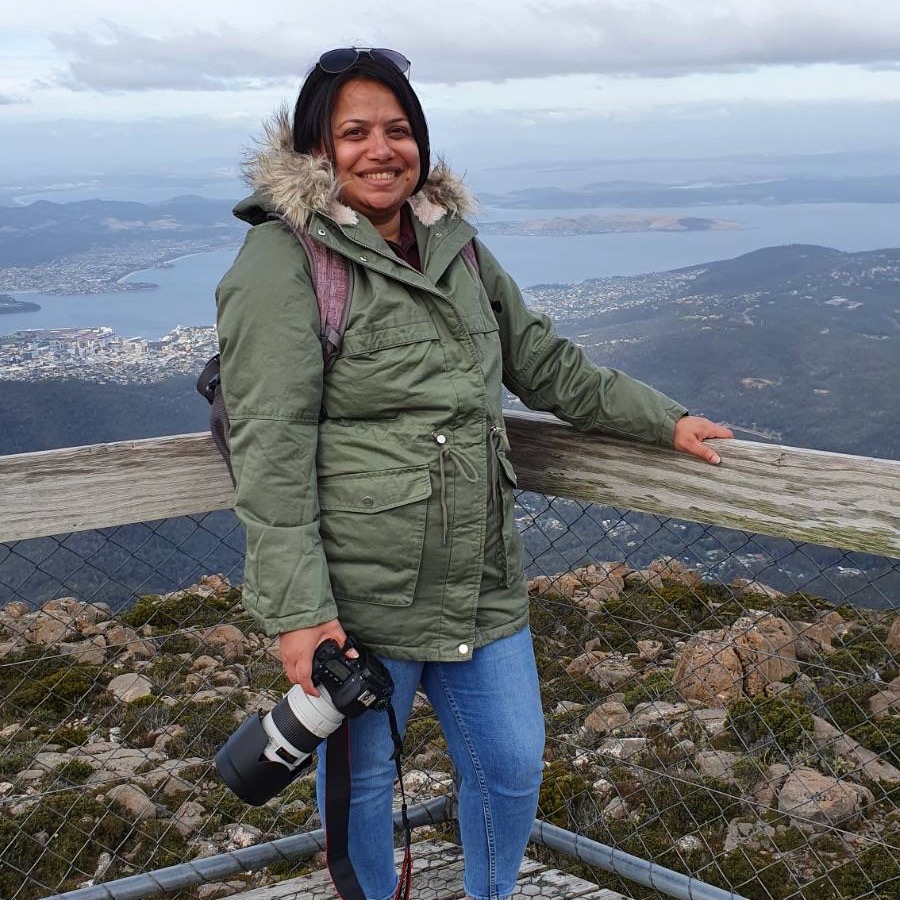
While she's happiest with a camera in her hand, Sharmishta's main priority is being TechRadar's APAC Managing Editor, looking after the day-to-day functioning of the Australian, New Zealand and Singapore editions of the site, steering everything from news and reviews to ecommerce content like deals and coupon codes. While she loves reviewing cameras and lenses when she can, she's also an avid reader and has become quite the expert on ereaders and E Ink writing tablets, having appeared on Singaporean radio to talk about these underrated devices. Other than her duties at TechRadar, she's also the Managing Editor of the Australian edition of Digital Camera World, and writes for Tom's Guide and T3.
